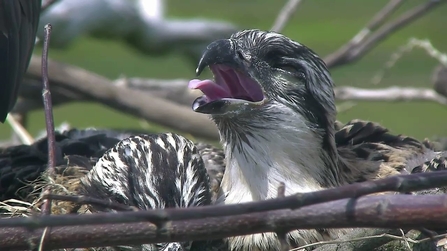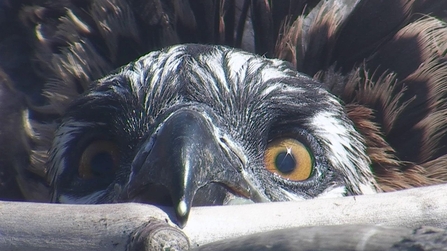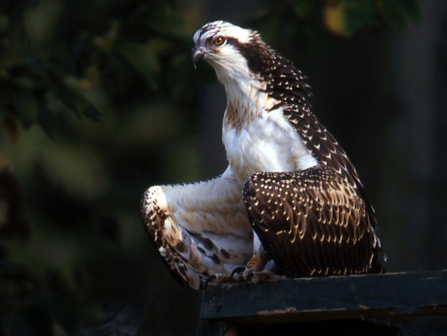Catch-up with the Three Dyfi Chicks
Three Bobs going strong
Another week has passed and our three growing osplets are showing no signs of slowing down. Monty is regularly catching around four fish per day, and all the chicks are eating as much as they can.


